Altom
Well-Known Member
Greetings again
I've just hit an estate sale and then well an antique store and this is what i've come up with. Along with a few questions for some of my finds.

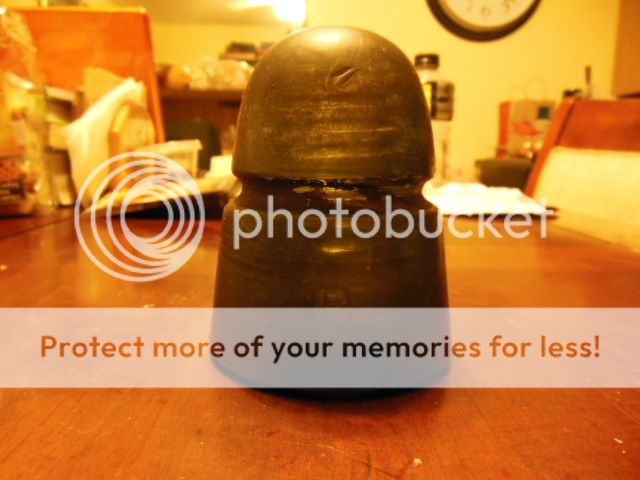
The above insulator had a strange dark color that i tried washing with some water to verify if it was part of the original color and so far it seems it is. Any ideas as to why its that color would be nice and if its special in any way because of that. it is also embossed with just a B
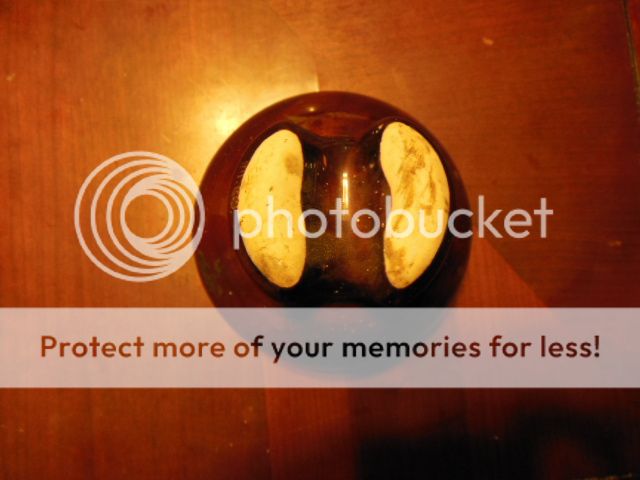
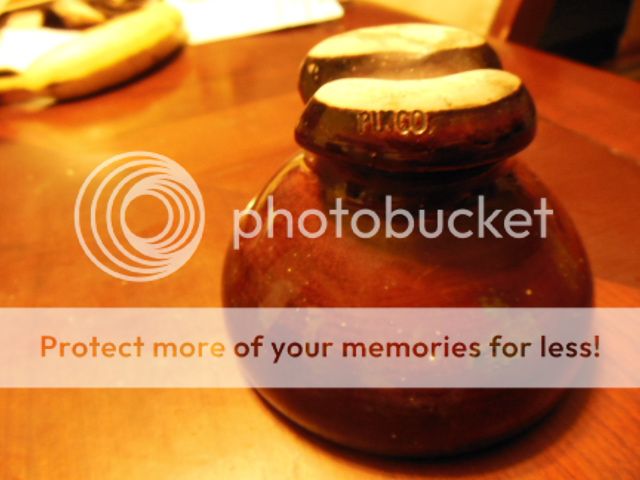
Incuse pinco. Im not sure what year this was made and if five dollars was a good deal or not.
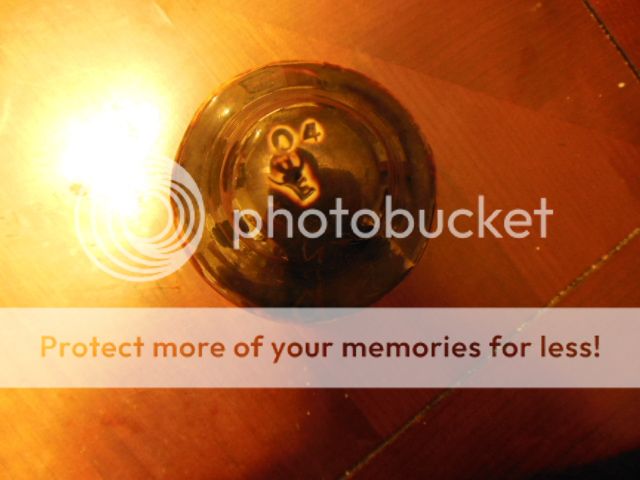
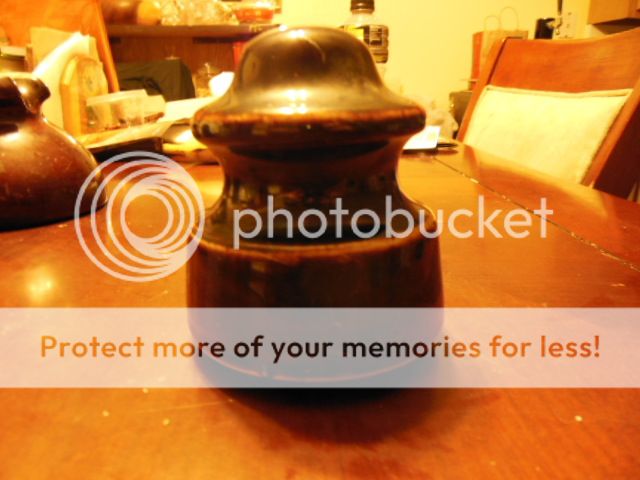
incuse westinghouse electric corp. logo (1)?Help with determing the possible year and what the incuse 04 is would be awesome
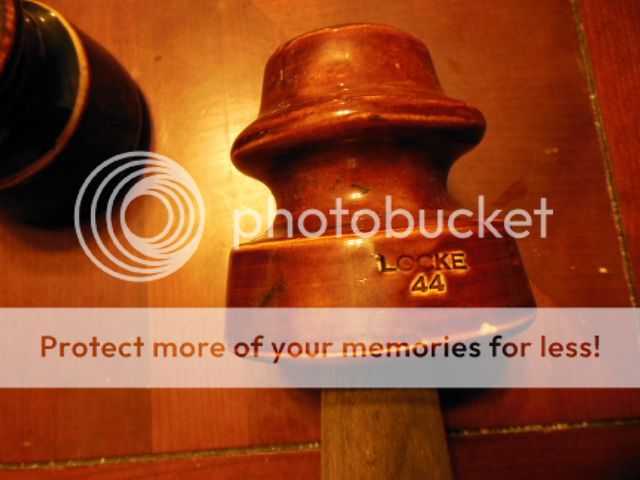

Incuse locke 44. Im not sure what year this may be from and if $5 was a good deal.
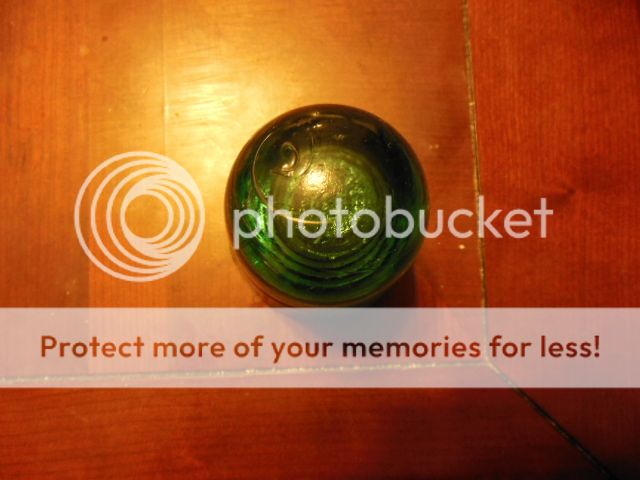
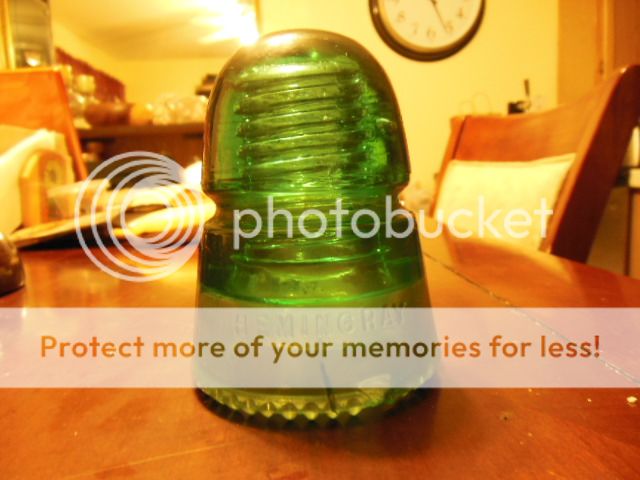
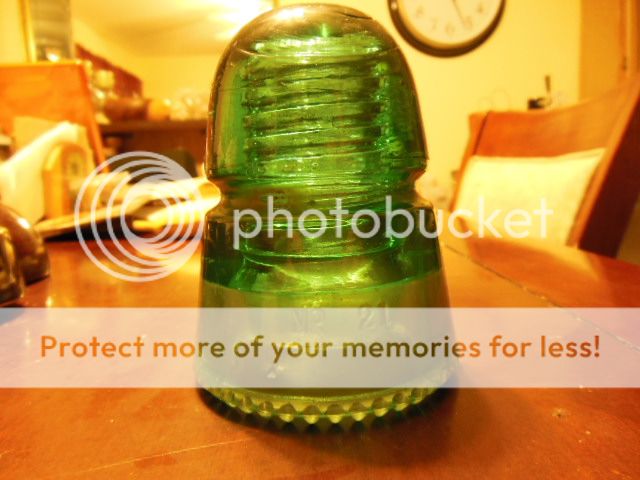
this one has two small chips on the bottom. any indication to year would be nice
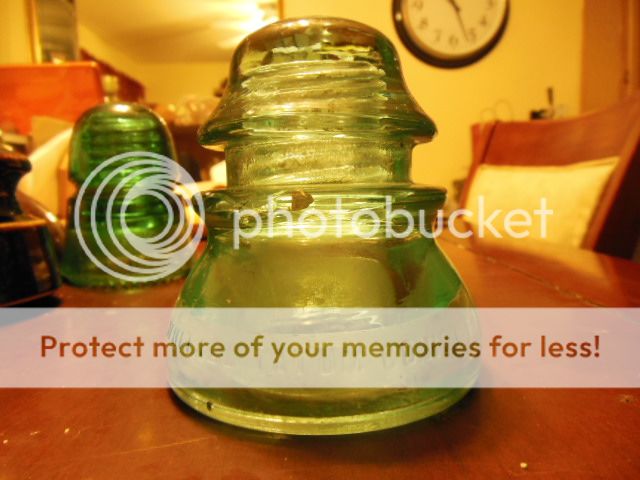
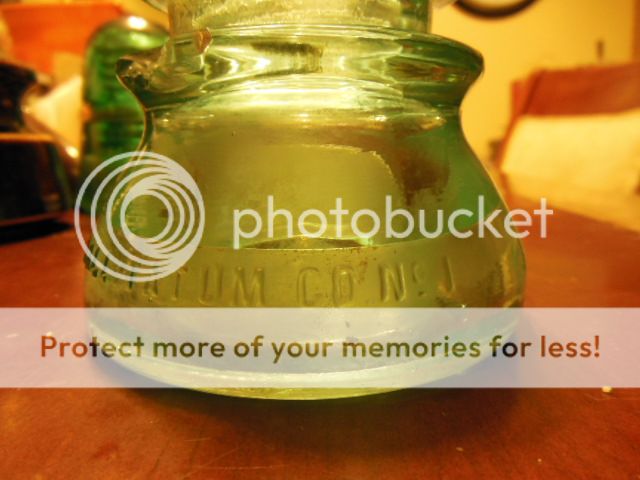
this one has a chip sadly and im not sure how much that detracts from the collectibility of it.
Hope this post wasn't too long!
I've just hit an estate sale and then well an antique store and this is what i've come up with. Along with a few questions for some of my finds.


The above insulator had a strange dark color that i tried washing with some water to verify if it was part of the original color and so far it seems it is. Any ideas as to why its that color would be nice and if its special in any way because of that. it is also embossed with just a B


Incuse pinco. Im not sure what year this was made and if five dollars was a good deal or not.


incuse westinghouse electric corp. logo (1)?Help with determing the possible year and what the incuse 04 is would be awesome


Incuse locke 44. Im not sure what year this may be from and if $5 was a good deal.



this one has two small chips on the bottom. any indication to year would be nice


this one has a chip sadly and im not sure how much that detracts from the collectibility of it.
Hope this post wasn't too long!
